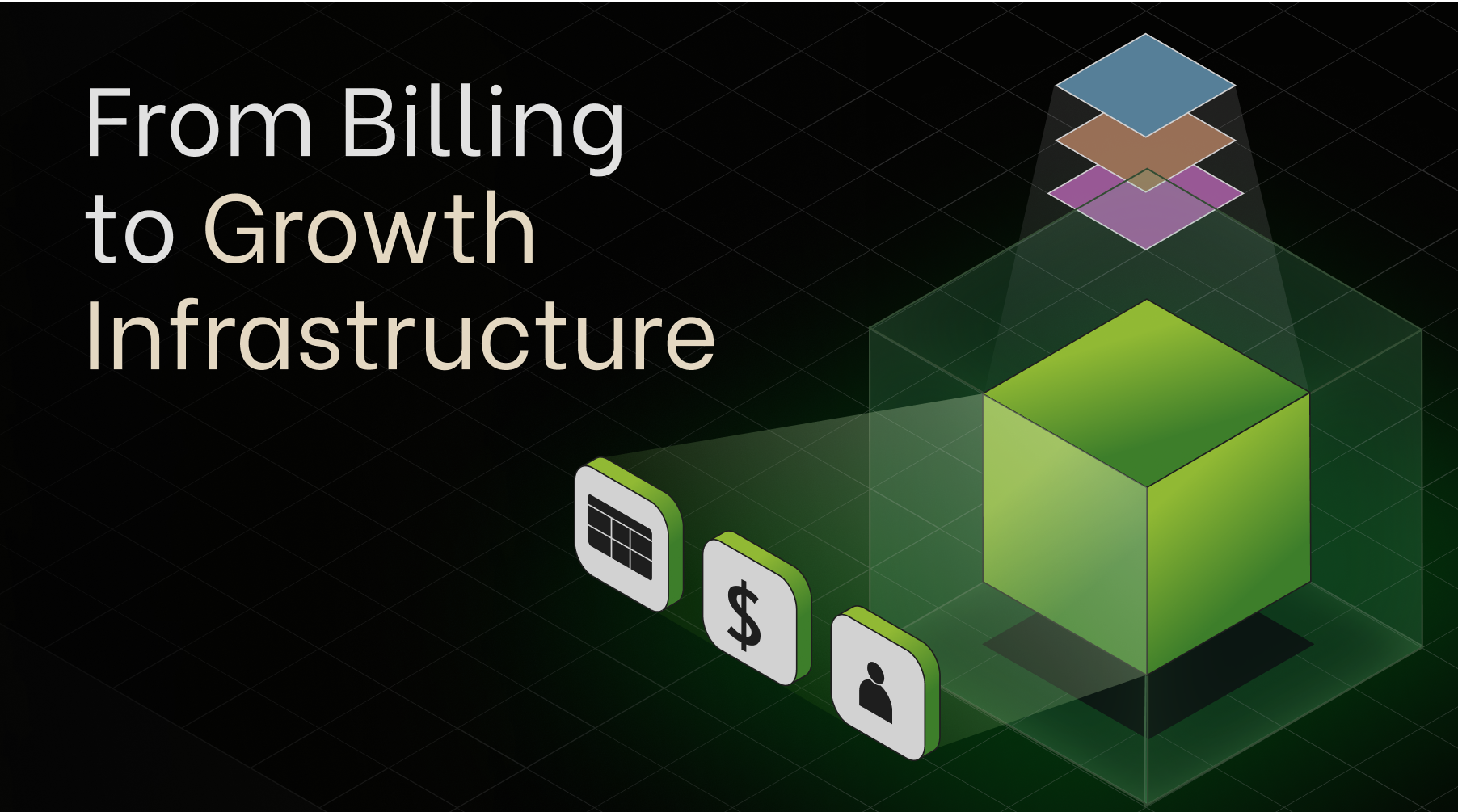Everywhere I go, I hear and read trouble. Whether it’s chatting with other founders over coffee, listening to Stigg’s customers on recent calls, or even just simply going through my Twitter feed, all everyone is busy with are the new market dynamics. To top that, I was also introduced to the depressing layoffs.fyi; ‘layoffs’ as a search term is now trending hot even more so than it did when Covid-19 broke out first into our lives.

Black Swan (Nassim Taleb, The Black Swan) is a metaphor that describes an event that comes as a surprise, has a major effect, and is often inappropriately rationalized after the fact with the benefit of hindsight. While I am completely aware of the debate of how much of the current recession was actually a surprise, I’ll do my best not to fall down that rabbit hole. This blog, very much unlike others you’ve read recently, is not about what’s happening and why. For this, you can go here, here and even here, and learn from all these smart people who k̶n̶e̶w̶ know better. This blog is about what actions you can take today to give your company a better shot at crossing a raging river.
Being the SaaS Pricing API that I am, it shouldn’t come by surprise that in this blog I’ll try to unfold how rethinking your pricing and monetization strategy is the number one vehicle to a safe land.
Let’s set sail!
Product innovation and revenue optimization were always the key levers for growth and profitability. As the economic downturn deepens and continues to reveal its implications, revenue optimization is king. Many teams will be looking to further improve their sales efficiency, and basically answer the question:
“How can we maximize profitability without increasing costs?”
In one of his recent beats, Tomasz Tunguz formulates sales efficiency as:

Tomasz then lists all the different paths a company can take to improve its sales efficiency, and ties each strategy to its corresponding variable under this formula: increase pricing, increase sales quotas, improve sales enablement, reduce infrastructure spending, eliminate software bills, reduce CS costs, focus on marketing channels with superior ROI. To make it easier, I grouped these strategies into two groups: revenue and savings.

Not waiving the importance of saving and cost reduction strategies, I’d like to try to zoom-in to the revenue generation ones 👇
While this framework is a great starting point, as I read through it, it almost immediately occurred to me that there’s another level of complexity hidden underneath it. Questions like:
- What exactly does it mean to “increase pricing without sacrificing sales velocity” ?
- What’s the fastest way for a company to both increase new bookings and reduce CS costs at the same time?
In reality, a pricing change is still not something that a company can pull off with a swipe of hand (pun intended, thinking about the iPad experience Stigg’s customers dear so much). Besides the operational considerations, it is essential to tease and test changes with existing customers, measure its acceptance by them, in-order to protect the brand’s reputation and value perception. Bubble and New Relic learned just recently what happens when a price change goes south.
Another thing I see often talking to founders about pricing is the misconception that a price increase means increasing the dollar price tag you tie to your offering. It won’t be an exaggeration if I’d say that the dollar tag is the easiest component to tweak and test from an operational point of view, but at the same time, the one with least impact from customer value perception. It’s packaging and the structure of your offering and SKU, and surrounding it around the right unit of economy (value metric) which makes the biggest change not only for the short-term (i.e gross margins) but also in the long haul (taking into account renewals and expansions).
It’s packaging and the structure of your offering and SKU, and surrounding it around the right unit of economy (value metric) which makes the biggest change not only for the short-term (i.e gross margins) but also in the long haul (taking into account renewals and expansions).
So what can we do right away?
I created the following matrix mapping specific actions you can take immediately in-order to improve your revenue generation and overall sales efficiently through pricing changes.
Quick disclaimer: the matrix lacks ICP (Ideal client profile) as a dimension

1. Price Increase Experiments
Startups that have successfully built a modern GTM with a self-service sales engine AND have achieved revenue scale of >$5M of ARR can try to expand by catering after new customer segments (going upmarket or new markets) or by rolling-out price increase experiments. The latter involves safely rolling-out pricing plans with new prices to new or existing customers or both, and measuring which offers generated statistically significant revenue improvements (or any other goal such as improving retention or customer perception). Experiments are an excellent way to protect your brand reputation and to validate the new pricing strategy makes sense to your customers.
2. Iterate and Optimize Your Pricing Plans
Startups that have successfully built a modern GTM with a self-service sales engine, but ARR is yet to scale, are able to ramp monetization by quickly tweaking and testing different quota limits, feature gating or even complete new pricing models, thus creating a clearer path to users from free to paid, and from paid to more expensive tiers. Essentially, they need to mind the gap between value adoption and monetized revenue and figure out a better sweet spot by paywall iterations. If you’re asking what’s the main difference between the first path to this one, here you’re experimenting with the plan structure (features, limits, usage), whereas in the former you’re mainly playing with the dollar tag.
3. Introduce self-service buying experience
Startups that have managed to surpass the $5M in ARR, but have done so through a traditional sales engine, are now facing two problems. One is they need to be efficient about their Sales and CS orgsS, and the other is they need to continue to scale up new bookings. This is a very tough position to be in, and the best suggestion here, if you haven’t done it already, is to introduce self-service buying experience in-app. Allow new and existing customers to expand (fundamentally buy more, faster) without requiring them to speak with a human rep. This can have multiple flavors in a company, maybe it’s about expanding usage, or upgrading their tier plan or maybe adding an add-on.. I’m all up against hitting animals, still you can “hit” two birds with one stone — Not only this should improve their overall customer experience (if done well), and scale your sales efficiency (improve deal velocity, remove sales friction or bad customer experiences due to human interactions, etc.), but you’re also allowing yourself more wiggle room around cutting costs of sales and CS. Furthermore, you’d be joining some of the fastest growing companies, which have already gone this way, such as Census and Gong👇

4. Introduce and test new pricing model
If you’re seeing less than $1M in ARR and your line of business requires you to stick with traditional sales, you’re in the most tricky situation. It’s either you still haven’t found PMF (Product-market fit) or you’re just starting off the journey, and so it just might be that you feel like pricing is a secondary concern to you. My suggestion would be to start teasing and testing hypothetical pricing models and plans with your existing customer base (whether they are already paying or under a design partnership program). You don’t need to be fancy about it — even a slide with different options will do, but you must start as early as possible, so you get a better understanding of what they are willing to pay for. Consider training your first sales hires to continually test different pricing models with different customer segments over calls, until you get it right. The number one thing to unpack (pun intended) is not the price tag but the value metric — what’s the set of functionalities or features your customers perceive as valuable and are willing to pay for them and make sure you take into account how an expansion path should look like, how are you customers going to grow after inception, how does the land and expand look like, pricing and packaging wise.
Not an afterthought anymore
Don’t wait for your next board meeting. The market is changing, and is challenging all businesses. Being able to quickly respond and adapt to this new reality, is what will separate winners from losers. With the right infrastructure, pricing changes are not the operational nightmare they used to be. Use the map and orient your company towards the right strategy. Monetization can’t be an afterthought anymore.
Thanks to Ignacio Perelló for giving feedback on drafts of this post.




